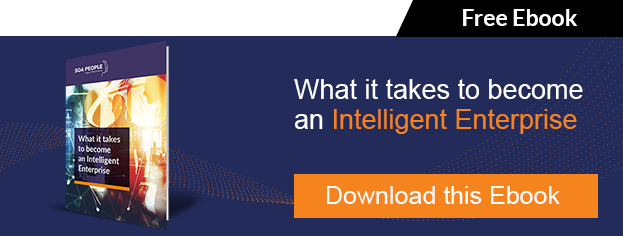Businesses of all sizes face a fundamental challenge of how to become carbon neutral and meet net zero targets. This includes:
- Embedding sustainability into your core business processes
- Meeting tougher regulatory controls
- Ensuring your suppliers meet your standards for net zero emissions
- Attracting environmentally aware staff who demand transparency of your carbon footprint
However, like most technology companies today, SAP recognises both the importance of its own environmental impact and its responsibility in helping its global customers achieve these challenges and more, by embedding sustainability in their business processes.
Harnessing green growth
COP26 recognised that around 70% of the world economy is now covered by net zero targets. With economies progressing in this increasing regulatory environment, it demonstrates that green growth is possible.
The drivers for sustainability can present business opportunity and those organisations moving quickly towards sustainable innovation will more readily harness this. For example, there is increased demand for transparency on carbon footprint, employees who choose to work for environmentally responsible organisations and investors who respond positively to climate actions in business.
To help drive ‘green growth’, SAP’s mission is to add a ‘green line’ alongside the financial-focused top and bottom lines, which incorporates sustainability data into business processes. It positions itself as an enabler for businesses to become sustainable with its portfolio focused across three pillars – zero emissions with climate action, zero waste with circular economy and zero inequality with social responsibility.
Sustainability and the SAP Portfolio
SAP is introducing ‘Chasing Zero’ sustainability into its entire end-to-end product portfolio and at the same time very quickly creating new solutions that will support customers in embedding sustainability into their core business processes.
Of SAP’s 3 pillars, Zero Emissions focuses on reducing emissions that are in your company’s control by measuring, calculating and reporting on your and your suppliers’ emissions. It includes driving sustainable growth with both the purchase and sales of low-carbon products and services.
SAP products that have been built to enable zero emissions include:
- SAP EHS Environment Management, now part of the SAP S/4HANA portfolio, measures, calculates, tracks and reports on greenhouse gas (GHG) emissions, as well as monitoring thresholds, to meet your corporate goals.
- SAP Product Footprint Management is a new product built on BTP that calculates your carbon footprint at a product level (previously you could only do this at a corporate level). It works with data from external sources such as third-party data providers, footprint scores and dashboards where you can check your performance and report on it at board level.
With alarming reports that in the USA there are already more than 10 connected devices per person, it’s no wonder that SAP’s Zero Waste initiative is looking to the Circular Economy to help reduce waste by re-using, recycling and avoiding unnecessary environment impact. Here SAP is building solutions around product lifecycle management, including SAP S/4HANA for Product Compliance and SAP Responsible Design & Production which will support the need to meet difficult reporting requirements across different countries.
With Zero Inequality, SAP is activating technology innovation to address social responsibility, covering areas like how to be a good employer and inclusive, social equality. SAP SuccessFactors already supports equal opportunities, gender issues and pay, but expect a lot more to come in this area.
Becoming a sustainable business with SOA People’s support and guidance
As a leading SAP partner who has been helping customers transform into exceptionally efficient, high performing businesses for many years, we are 100% focused on helping you overcome your sustainability challenges.



